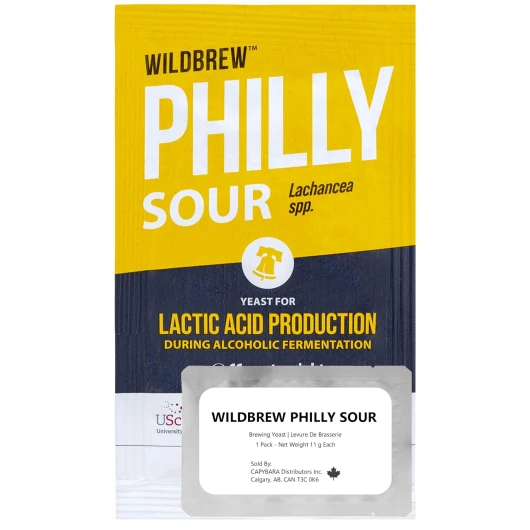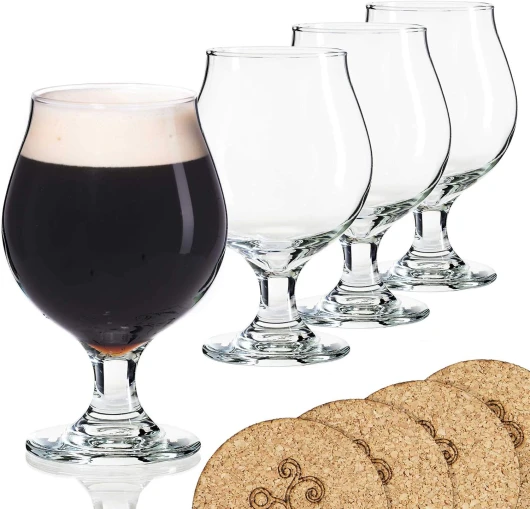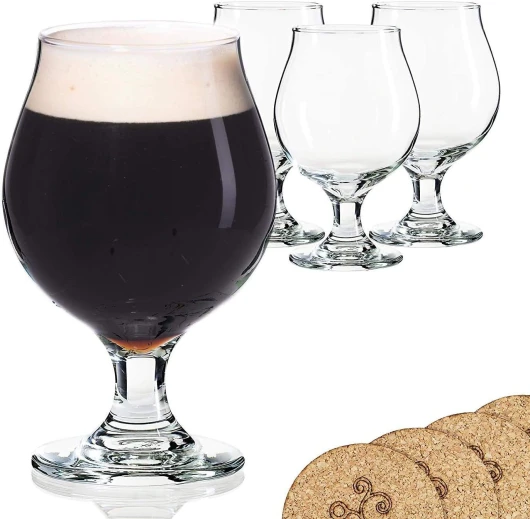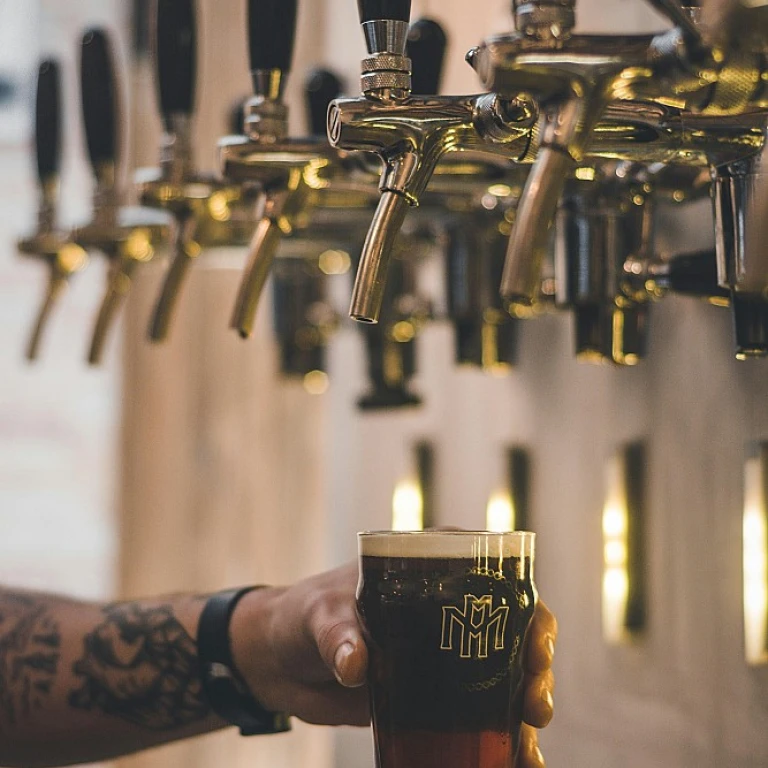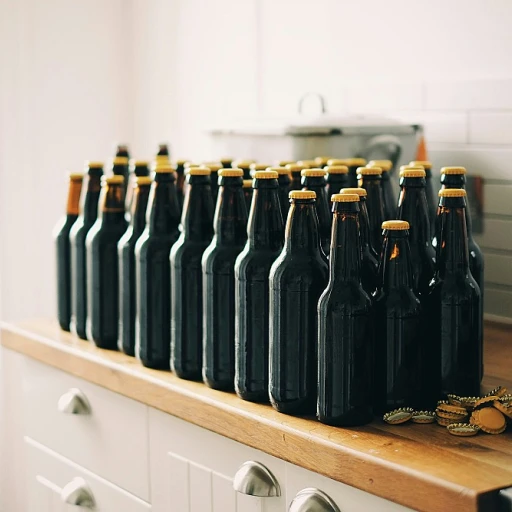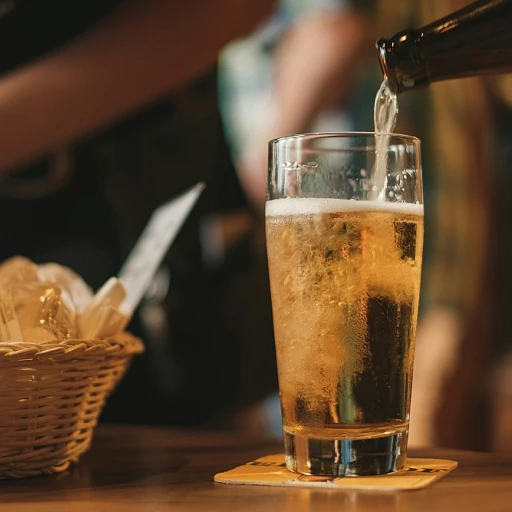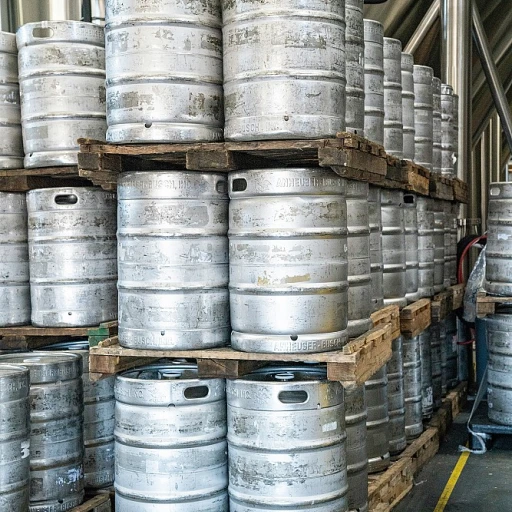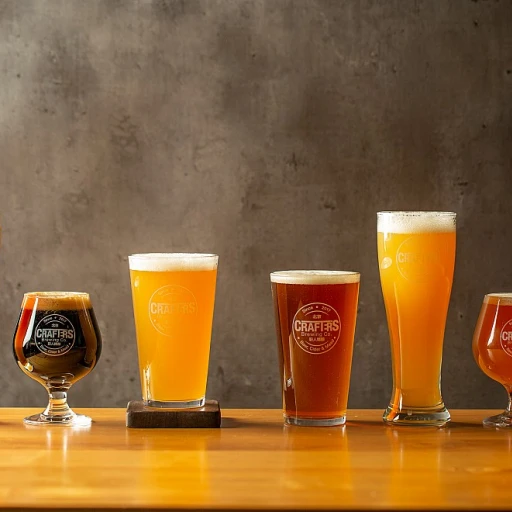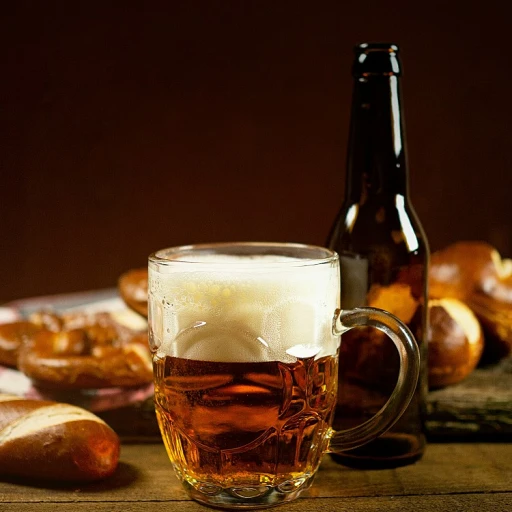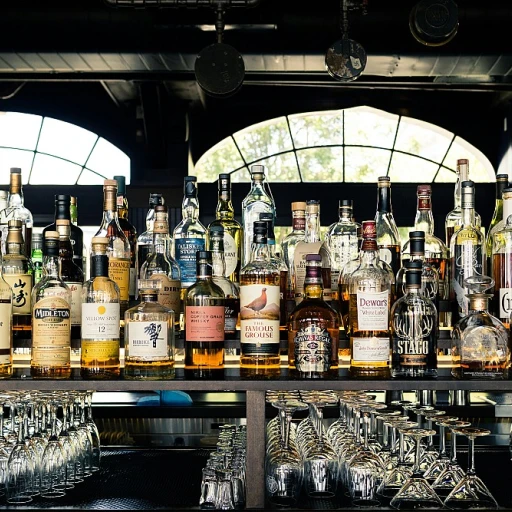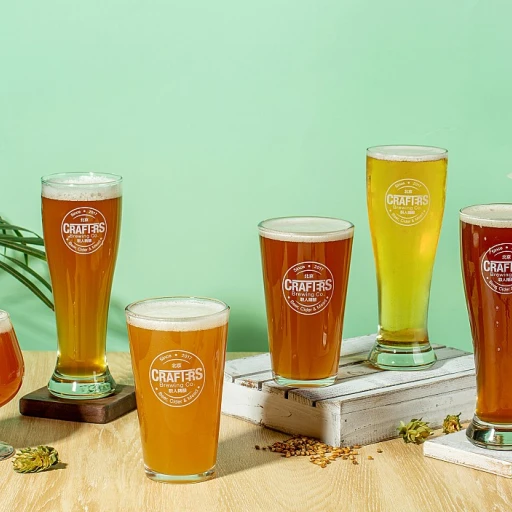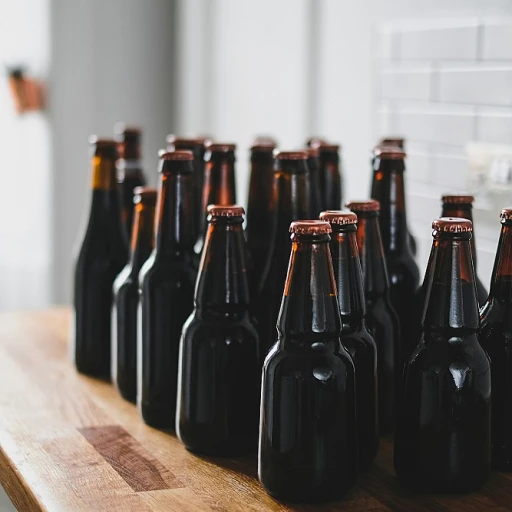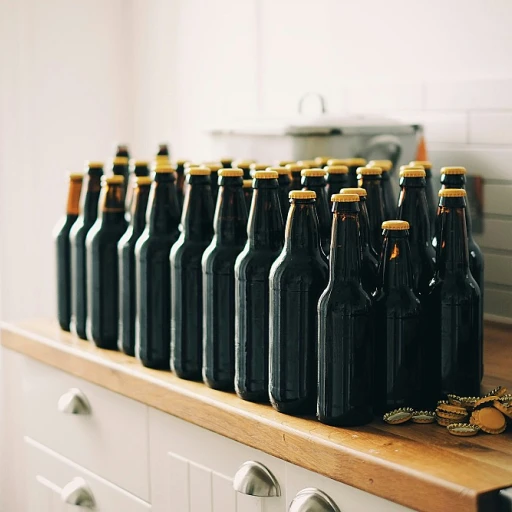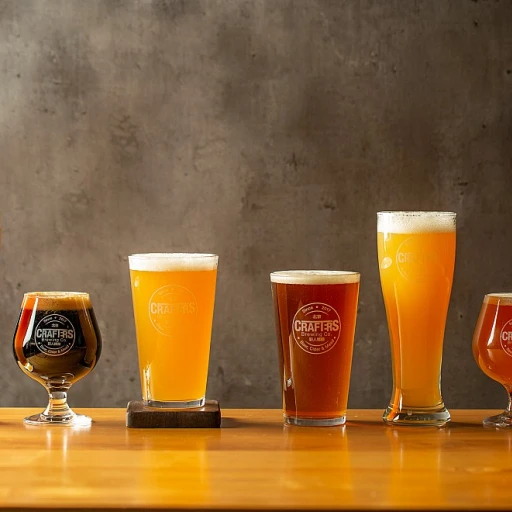
The Origins of Lambic Beer
A Journey Through Time: The Birthplace of Lambic Beer
Lambic beer is a product of the rich brewing history of Belgium. Nestled in the heart of the Pajoenland region, the origins of lambic beer offer a glimpse into a unique brewing tradition that dates back centuries. This distinctive beer style not only reflects the cultural heritage of Belgium but also showcases the deep-rooted expertise of its brewers. Originally, lambic beer was crafted by local farmers who sought to create a refreshing beverage using ingredients available from their land. Over time, this rustic beer evolved into the iconic style we recognize today. The key to its distinctive taste lies in the art of spontaneous fermentation, a process introduced by Belgian brewers as they honed their craft. The lambic brewing process, closely tied to its geographical origins, involves the use of ambient wild yeasts found specifically in the Senne Valley, a location known for its ideal brewing conditions. This unique microbiome is responsible for the tart, sour, and complex flavors that characterize lambic beers. As Belgian farmers cultivated this unique brewing process, they inadvertently laid the foundation for some of the most celebrated beer styles, such as the modern gueuze and kriek. Each sip of lambic provides a taste of its storied past, transforming every glass into a piece of history. Discover the perfect glass for this timeless taste in our guide to Chimay beer glass, enhancing your entire lambic experience.The Art of Spontaneous Fermentation
Unleashing the Magic of Spontaneity
Lambic beer is celebrated for its exceptional brewing process, which stands apart from more conventional methods. At the heart of this process lies the art of spontaneous fermentation, a technique that contributes to lambic's distinct character. Unlike most modern beers, lambic is crafted without the introduction of commercial yeast. Instead, it relies entirely on wild yeast strains and local microflora found in the environment. After transferring the freshly brewed wort into open fermentation vessels, known as "coolships," the magic begins. These shallow, open-air trays allow the wort to be exposed to the surrounding air, where naturally occurring yeast and bacteria initiate the fermentation process. This unique approach results in unpredictable, yet delightful flavors that are richly layered and complex. It's not just about replicating tradition; it's about embracing the unpredictable nature of fermentation, letting each batch of lambic develop its own personality. Over time, as the beer matures, it reveals a tapestry of flavors ranging from tart and fruity to earthy and funky. For those intrigued by Belgium's traditional brewing methods and their influence on lambic, further exploration can be found in exploring the rich tradition of belgian lambic, offering fascinating insights into this iconic beer style.A Taste of Tradition: Lambic Styles
Journey Through Lambic Styles
Belgian lambic beer is a fascinating world of flavors that can captivate any beer enthusiast. Unlike many traditional beer types, lambic styles provide a unique tasting experience due to the spontaneous fermentation process. Each style represents a distinct chapter in the history and evolution of lambic beers, flowing from this artful brewing method.
One of the most cherished styles is Gueuze. Often referred to as the 'Champagne of Belgium', Gueuze is a blend of young and old lambic, typically aged between one to three years. This combination results in a beer that's effervescent, complex, and refreshingly tangy, ideal for those who appreciate a crisp finish.
Another captivating style is Kriek, which marries lambic with cherries, resulting in a rich, ruby-red brew that's both tart and slightly sweet. The balance of fruitiness and acidity makes Kriek a favorite among those who enjoy a bit of sweetness in their beer exploration.
Framboise, similar to Kriek but brewed with raspberries, offers an equally delightful combination of flavors. Its vibrant color and berry-infused aroma make it a joyful representation of the creative possibilities in lambic brewing.
The spontaneous fermentation method even extends to Faro, a sweeter variant that incorporates brown sugar or caramel to the mix. This results in a milder, less sour flavor profile that can be quite approachable for those new to lambics.
Each lambic style is a reflection of the unique methods and ingredients used in their creation, with an emphasis on tradition and precise aging conditions. Just like exploring the flavor nuances of different hop varieties, experiencing the various lambic styles opens up a world of sensory delight.
The Role of Aged Hops and Barrels
The Aging Process and Its Influence on Flavor
The journey of Belgian lambic beer, known for its unique brewing method and flavor profile, is not complete without the influence of aged hops and barrels. These components are crucial in shaping the sophisticated taste that sets lambic apart from other beer styles. Barrels play an essential role in the maturation process of lambic beers. Traditionally, lambic is aged in oak barrels, where it can ferment and develop complex characteristics over several years. The wood of the barrel interacts with the beer, contributing to its flavor and aroma. This aging period allows for the gradual integration of various elements, resulting in a beer with an unparalleled depth of flavor. Meanwhile, aged hops are another significant factor in the production of lambic beers. Unlike the fresh hops used in most beer styles for the prominent bitter and aromatic qualities, aged hops are primarily used for their preservation attributes. Lambic brewers allow these hops to mellow over time, reducing their bitterness while retaining essential properties that protect the beer from spoilage. Through the intricate play of aged barrels and hops, lambic brewers contribute to a rich tapestry of flavors that define traditional lambic beer. Each element—barrels and hops—works in harmony with spontaneous fermentation to create a beverage that pays homage to ancient brewing traditions while maintaining its own unique place in the world of beer.Lambic Brewers and Their Legacy
The Craftsmanship Behind Revered Lambic Names
The prestigious brewers of lambic beer have established an enduring legacy that extends far beyond Belgium's borders. These artisans have honed their craft over generations, preserving the traditional methods that define this quintessential brew. With an unwavering commitment to quality, they remain custodians of a rich cultural heritage.- Blending Traditions: The blending process sets lambic apart, creating unique flavors by mixing young and aged beers—an art skillfully executed by renowned producers such as Cantillon, Boon, and Drie Fonteinen. These esteemed names are cherished for their dedication to the meticulous art of blending and aging.
- Pioneers of Spontaneous Fermentation: Lambic brewers masterfully harness the power of wild yeasts and bacteria, leading to distinct yeast profiles and sour notes endemic to the region. The brewers' expertise ensures that each batch reflects the terroir of the Zenne valley.
- Custodians of Heritage: Throughout the years, lambic producers have stayed true to their roots, safeguarding the spontaneous fermentation method and preserving the use of traditional equipment, such as oak barrels. This adherence to age-old practices allows for a seamless marriage of flavors that captures the unique taste of tradition.

